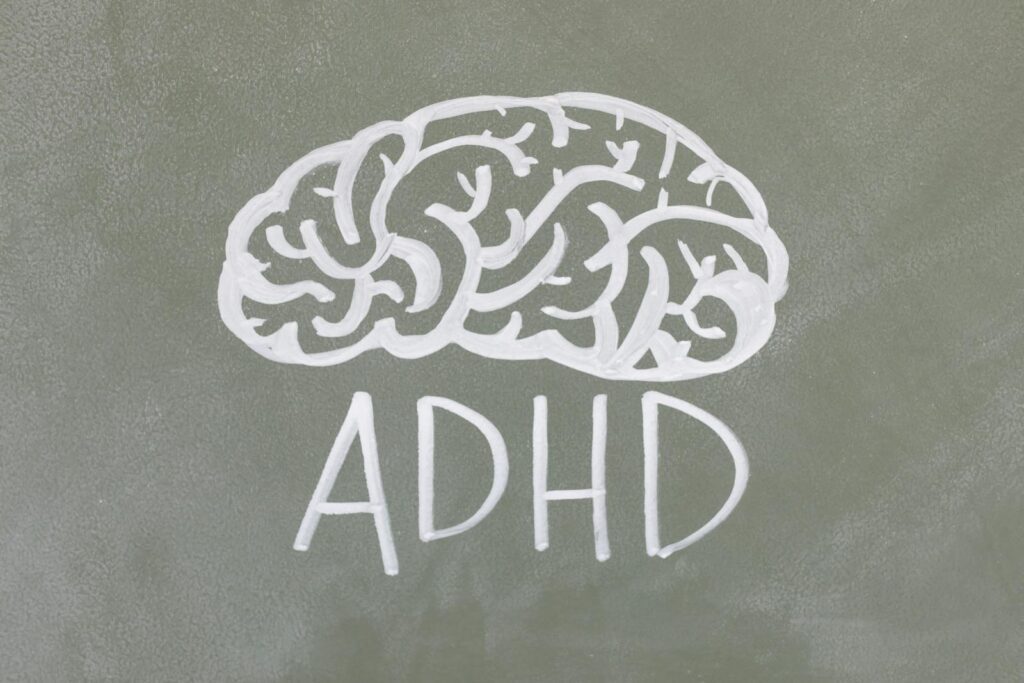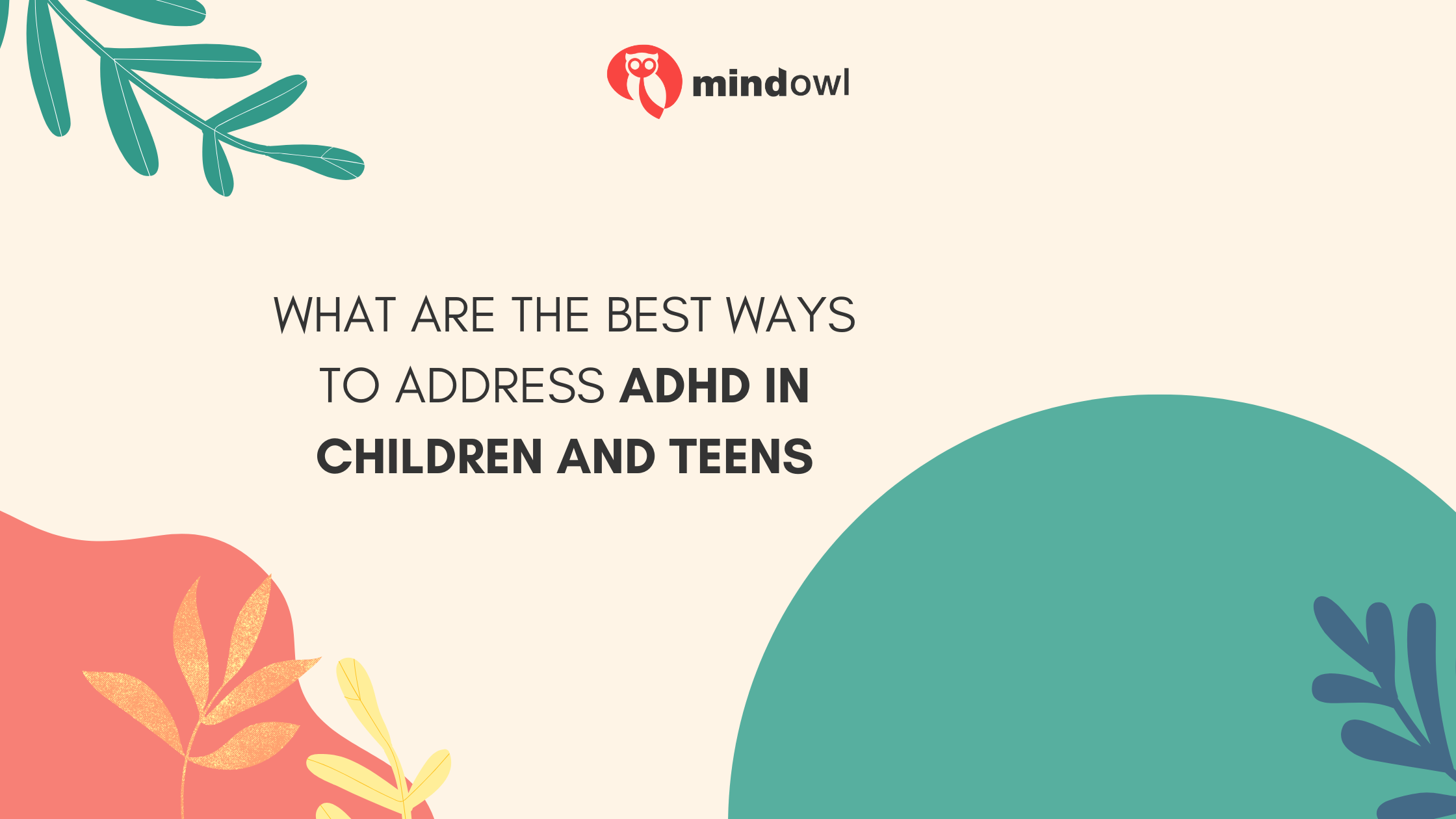Addressing ADHD in children and teens requires understanding the unique challenges they face. Finding suitable ways to manage symptoms is important for improving their daily lives and long-term success. Whether through behavioral strategies, lifestyle changes, or professional support, there are effective ways to help children and teenagers with ADHD thrive.
Families often benefit from consulting an online ADHD specialist for guidance on treatment options. These specialists can offer personalized advice, helping parents and caregivers to encourage a supportive environment that enables children to reach their full potential.

Cognitive Behavioral Therapy
Cognitive Behavioral Therapy (CBT) is a key approach used in treating ADHD in children and teens. It focuses on changing negative thought patterns and behaviors that are common in individuals with ADHD.
CBT sessions often involve developing skills like time management and organizational techniques. These skills help children manage their symptoms better and improve daily functioning.
CBT can be an effective treatment for school-aged children and teens, especially when combined with other therapies. It is known to help reduce symptoms of ADHD significantly.
Parent-Child Interaction Therapy
Parent-Child Interaction Therapy (PCIT) is a technique used to help children with ADHD and other behavior issues. This therapy involves both the parent and the child. It focuses on improving the quality of the parent-child relationship.
PCIT combines aspects of play therapy and behavioral techniques. It helps parents learn effective communication and interaction skills. These skills help increase positive behaviors in children.
The therapy is typically designed for young children, usually between the ages of 2 and 7. It can be an effective method to manage disruptive behaviors and improve cooperation. Research suggests that it may also increase a parent’s confidence in handling challenging situations.
Professionals trained in PCIT guide parents through play-based sessions. These sessions aim to teach parents how to guide their children’s behavior positively. This therapy strengthens the bond between parents and children, promoting healthier interactions over time.
Mindfulness Meditation
Mindfulness meditation can help children and teens with ADHD. It encourages focusing on the present moment, which can improve attention and reduce impulsive behavior. By practicing mindfulness, individuals learn to pause and think before acting. This skill can be especially useful for managing ADHD symptoms.
Research has shown positive outcomes in children who participate in mindfulness programs. For example, one study indicated improvements in attention and impulse control after regular yoga sessions among participants. This suggests that integrating mindfulness into daily routines could be beneficial.
Mindful activities like breathing exercises or mindful eating can engage children in a fun way. These practices can gradually introduce them to more traditional meditation techniques. Starting with short, simple exercises helps maintain interest and improve focus. By incorporating these activities, children may experience reduced stress and a better understanding of their own thoughts and feelings.
Behavioral Parent Training
Behavioral Parent Training (BPT) is a practical method to help parents manage their child’s ADHD symptoms. It usually involves meeting with a mental health professional once a week. These sessions usually last eight to twelve weeks. Parents learn strategies to improve their child’s behavior and reduce ADHD-related challenges.
Key techniques in BPT include setting clear rules, positive reinforcement, and consistent discipline. Parents are guided to use these methods to create a structured and supportive home environment. This approach often leads to significant reductions in disruptive behaviors.
Research shows that BPT can be as effective as medication for some children. Parents participate in group sessions where they can share experiences and support each other. The focus remains on teaching skills to manage behavior effectively, making it a valuable option for many families.
Social Skills Training
Social skills training is important for children and teens with ADHD. These children often struggle with making friends because they may act impulsively or misunderstand social cues. Direct teaching can help them improve self-regulation, read social situations, and reduce conversation interruptions.
Parents and caregivers can play a big role in this process. It’s effective for them to model desired behaviors in everyday situations. Encouraging kids to practice these skills in group activities can also be very helpful.
Another strategy is pairing children with peers who have strong social skills. This provides positive role models and encourages better interactions. Rewarding progress is beneficial, as it reinforces improvements and motivates the child to continue developing their skills.
Conclusion
Addressing ADHD in children and teens requires a multi-faceted approach. Families can play a big role in supporting children with ADHD by establishing routines and providing positive reinforcement. Creating a structured environment helps manage symptoms.
Schools also play an important part. Teachers can tailor their strategies to meet the needs of students with ADHD, promoting academic success. This might include breaking tasks into smaller steps or allowing for short breaks during lessons.
Open communication between parents, teachers, and healthcare professionals is key. It guarantees that everyone involved understands the strategies in place and can adjust them as needed. Being consistent and patient goes a long way in supporting children and teens with ADHD.
MindOwl Founder – My own struggles in life have led me to this path of understanding the human condition. I graduated with a bachelor’s degree in philosophy before completing a master’s degree in psychology at Regent’s University London. I then completed a postgraduate diploma in philosophical counselling before being trained in ACT (Acceptance and commitment therapy).
I’ve spent the last eight years studying the encounter of meditative practices with modern psychology.

